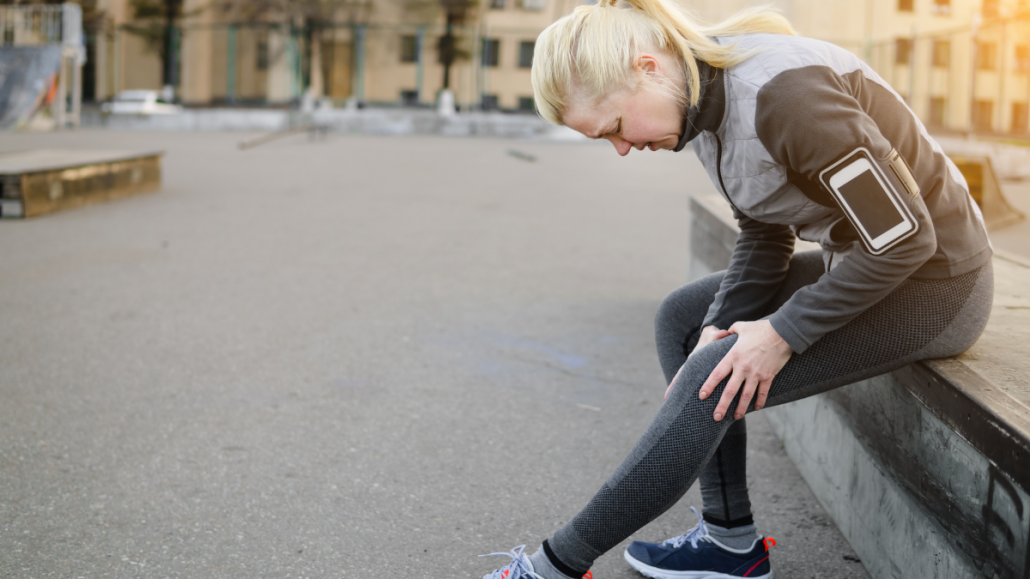All Things Are Possible
Senior Coordinator of Accounting at Mercy Home Debbie Watrous loves the art of a good athletic challenge. She has over...
October 23, 2025
April 27, 2021
One of the biggest struggles any athlete experiences is learning how to avoid injury, and runners certainly are not immune to this. In fact, around half of all runners fall victim to injury every year!

Some of the most common running injuries are overuse injuries, shin splints, lateral knee pain, or plantar fasciitis.
Overuse injuries are often a result of many seemingly small factors that are repetitive and not due to one incident.
Similarly, shin splints are caused by inflammation and chronic irritation along the shin bone where the muscles attach. This is often the result of chronic overuse of the muscles and can be prevented by strengthening the muscles on the inside of your legs through using resistance bands or doing calf stretches.
Lateral knee pain also rarely happens as the cause of one direct injury. The knees are generally more prone to injury, and are affected by any weakness or tightness in your hip or lower back. The best thing you can do for knee pain is rest the joint and see a doctor who can properly diagnose the cause.
Plantar fasciitis is pain in your heel that you may notice when you first get up in the morning or begin to run. In addition to regular treatments like stretching, taping or using padding, Extracorpeal Pulse Activation Therapy, a treatment of radial waves, may be necessary.
Fortunately, there are steps you can take to reduce the likelihood of suffering a running injury.
The most important thing to keep in mind when picking a shoe is that it fits your foot. The best way to pick a shoe that properly fits your foot is by being aware of the shape of your foot–some people are flat-footed, some have high arches, and many are somewhere in the middle.
Another thing to keep in mind is what size shoe you are selecting.
Another important thing to keep in mind is how you’re training. While it’s tempting to use all of your training time simply on running, be sure to incorporate core-strengthening activities as well. This will give your body all-over support while running.
Warming up and cooling down before and after a run are absolute musts.
“It’s never a good idea to do any kind of exertion, whatever it is, when you’re cold,” O’Brian said.
That means you need to walk, bike, do jumping jacks, or any other activity that will get your blood flowing to your muscles before you begin your run. And don’t skip the stretch after the workout! Flexibility exercises are best done when your muscles are warm and will help them get back to their normal resting plane.
If you encounter sore or tight muscles, there are various massage techniques that can help. Using a tennis or lacrosse ball across the bottom of your foot is a great way to get relief. A foam roller is a great option for larger muscle groups like hamstrings, quads, or muscles around shoulders and the spine.
Finally, the way you use heat and cooling to treat your muscles also matters. Heat will bring blood flow to an area, so it’s best to heat a tight or sore area before a workout.
Ice is best used after physical activity for its anti-inflammatory abilities.
Senior Coordinator of Accounting at Mercy Home Debbie Watrous loves the art of a good athletic challenge. She has over...
October 23, 2025
Kelly Jones, a therapist working at Mercy Home, would have never imagined that she would lace up running shoes and...
September 24, 2025
With back-to-school signaling an end to summer we’re already eagerly looking ahead to a fall filled with events and activities...
August 28, 2025
Comments